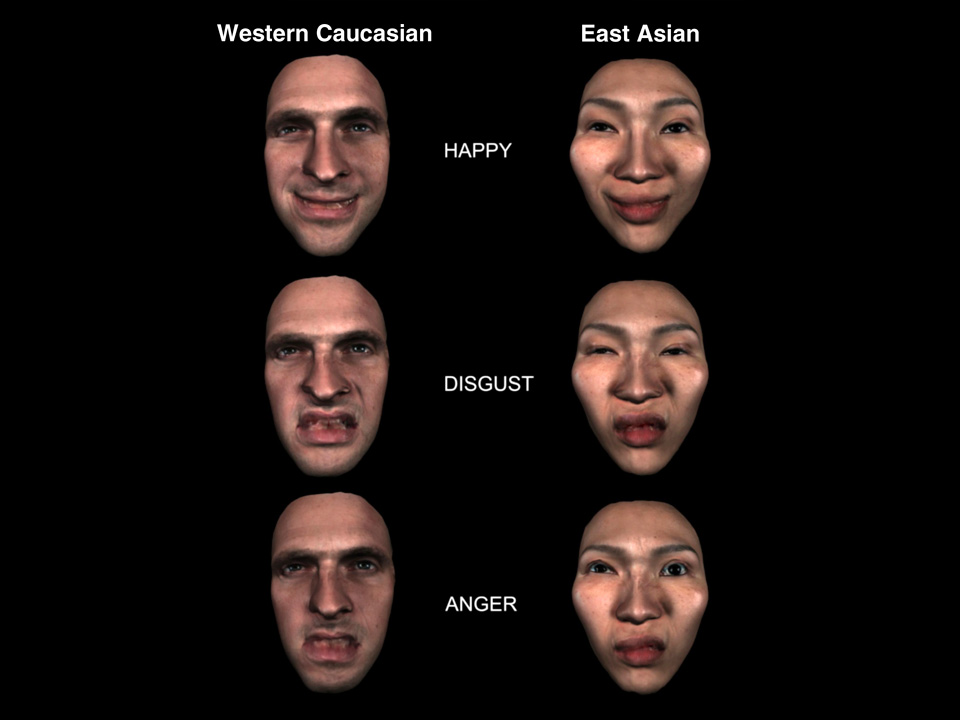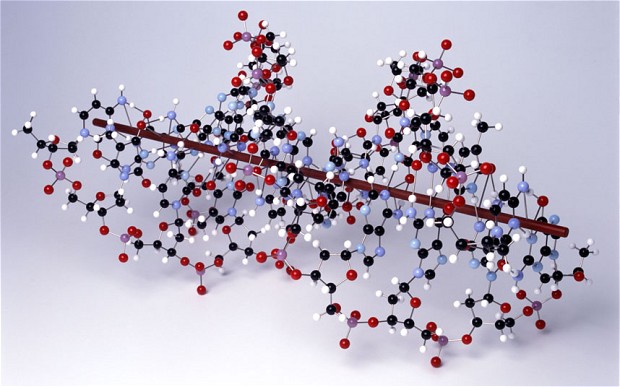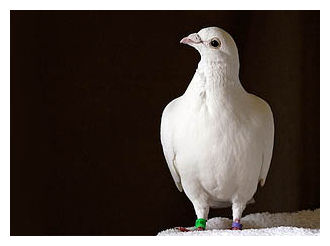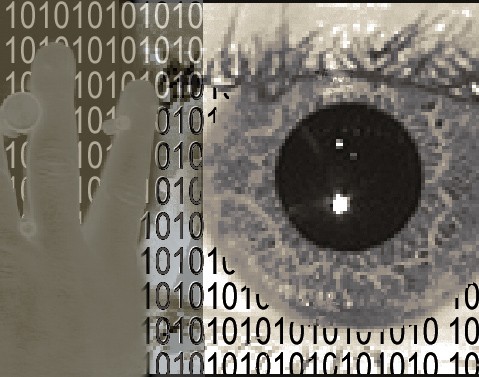
The hypothesis that facial expressions convey the same meaning the world over goes all the way back to Charles Darwin. In his 1872 book The Expression of the Emotions in Man and Animals, the famed naturalist identified six basic emotional states: happiness, surprise, fear, disgust, anger, and sadness. If facial expressions are just cultural traits, passed down through the generations by imitation, their meanings would have diverged by now, he argued. A smile would signal happiness for some and disgust for others. But that's not what he found, based on his correspondence with researchers around the world using photos of various facial expressions. So Darwin concluded that the common ancestors of all living humans had the same set of basic emotions, with corresponding facial expressions as part of our genetic inheritance. Smiles and frowns are biological, not cultural.
Or are they? Rachael Jack, a psychologist at the University of Glasgow in the United Kingdom, says that there is a fundamental flaw in the facial expression studies carried out since Darwin's time: Researchers have been using Darwin's six basic expressions as their starting point, and yet they were first identified by Western European scientists studying Western European subjects. The fact that non-Western subjects can recognize the emotions from photographs of those facial expressions has been taken as support for the universality hypothesis. But what if non-Western cultures have different basic emotions that underlie their expressions? Those expressions may be similar to those of Westerners, but with subtle differences that have gone undetected because no one has looked.
To test the true universality of Darwin's six emotional categories, Jack and colleagues used a computer program to create virtual faces with 4800 expressions. The program generated the faces by contracting virtual facial muscles, pulling the corners of the mouth up or down, widening or narrowing the eyes, and so forth. Half of the expressions were shown on a Western Caucasian face and half on an East Asian face.









